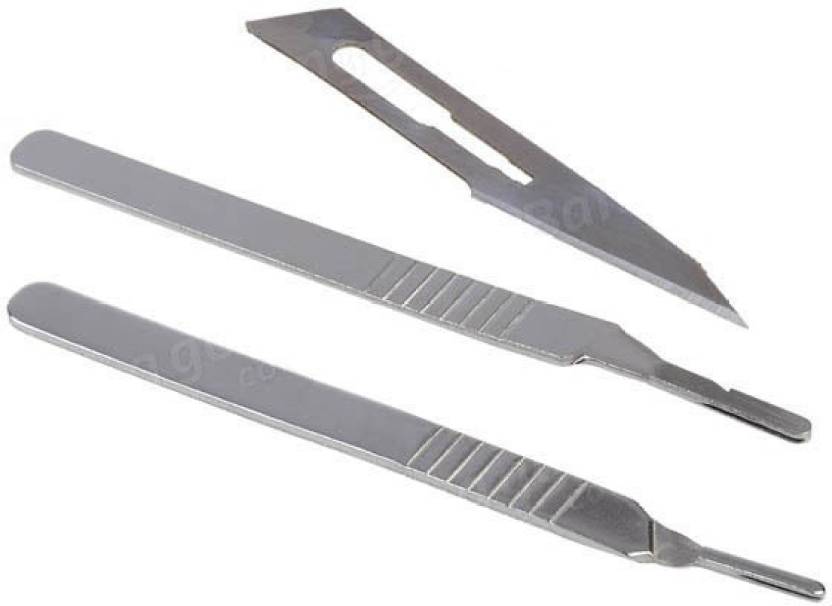Learning
The main thing in the blade is it’s sharpness. Only sharpness decides whether blade is useful or not. Same Sharpness of mind also decides the of our life.
But how much time do we spend training to sharpen our brain?
Brain training isn’t a new concept. It can help us retain information, recall facts more quickly, and sharpen our focus. Even a brief course of brain exercises can help older adults improve reasoning skills and processing speed for 10 years after the training ends, according to a recent federally sponsored study on cognitive training.
Most of the fleeting memory problems that we experience with age reflect normal changes in the structure and function of the brain. These changes can slow certain cognitive processes, making it a bit harder to learn new things quickly or screen out distractions that can interfere with memory and learning. Granted, these changes can be frustrating and may seem far from benign when we need to learn new skills or juggle myriad responsibilities. Thanks to decades of research, there are various strategies we can use to protect and sharpen our minds. Here are seven you might try.
1. Keep learning: Many people have jobs that keep them mentally active, but pursuing a hobby or learning a new skill can function the same way.
2. Use all your senses: The more senses you use in learning something, the more of your brain will be involved in retaining the memory.
3. Believe in yourself: People who believe that they are not in control of their memory function are less likely to work at maintaining or improving their memory skills and therefore are more likely to experience cognitive decline. If you believe you can improve and you translate that belief into practice, you have a better chance of keeping your mind sharp.
4. Economize your brain use: If you don’t need to use mental energy remembering where you laid your keys or the time of your granddaughter’s birthday party, you’ll be better able to concentrate on learning and remembering new and important things. Take advantage of calendars and planners, maps, shopping lists, file folders, and address books to keep routine information accessible. Designate a place at home for your glasses, purse, keys, and other items you use often.
5. Repeat what you want to know: When you want to remember something you’ve just heard, read, or thought about, repeat it out loud or write it down. That way, you reinforce the memory or connection.
6. Space it out: Repetition is most potent as a learning tool when it’s properly timed. It’s best not to repeat something many times in a short period, as if you were cramming for an exam. Instead, re-study the essentials after increasingly longer periods of time — once an hour, then every few hours, then every day. Spacing out periods of study is particularly valuable when you are trying to master complicated information, such as the details of a new work assignment.
7. Make a mnemonic: This is a creative way to remember lists. Mnemonic devices can take the form of acronyms (such as RICE to remember first-aid advice for injured limbs: Rest, Ice, Compression, and Elevation) or sentences (such as the classic “Every good boy does fine” to remember the musical notes E, G, B, D, and F on the lines of the treble clef).
Learning from Blade: Be Sharp











